Can I Delete the EGR System While Keeping the DPF?
Welcome to the intricate world of emissions control systems within your vehicle. Today, we're focusing on two vital components – the Exhaust Gas Recirculation (EGR) system and the Diesel Particulate Filter (DPF). Is it feasible to remove one (like the EGR) while retaining the other (the DPF) without causing any complications? Let's delve deeper into this intricate web of systems.
What's the role of the EGR system?
The EGR system is a critical player in reducing nitrogen oxide (NOx) emissions by re-circulating a fraction of exhaust gases back into the combustion chamber. Its primary function is to regulate the engine's combustion temperature, effectively reducing the formation of harmful NOx emissions.
If you are looking for EGR delete kit for Ford, Duramax, Dodge or Chevy, Daysyore offers high-quality items for you. ➡️Explore more⬅️

Understanding the DPF in depth
Moving on, let's talk about the Diesel Particulate Filter (DPF). This advanced filter employs a combination of ceramic materials and specialized coatings to trap and store particulate matter emitted from diesel engines. During the regeneration process, the DPF heats up to burn off accumulated soot, maintaining optimal engine performance and reducing emissions.
The symbiotic relationship between EGR and DPF
Beyond their roles, the EGR and DPF work intricately together. While the DPF is responsible for capturing solid particles, the EGR system helps manage NOx emissions by adjusting the air-fuel mixture and controlling combustion temperatures. This interdependence ensures optimal performance and reduced emissions.
The connection between EGR and DPF
Now, here's a crucial insight: the EGR system and the DPF have a more profound connection than meets the eye. Removing the EGR Valve while the DPF remains in place might disrupt the delicate balance. Why? Because the EGR's functionality is crucial for initiating and maintaining the DPF's regeneration process. The absence of EGR operation might hinder proper DPF regeneration, potentially leading to blockages and compromised engine efficiency.

The importance of maintaining EGR and DPF harmony
Ensuring both the EGR system and the DPF work synchronously is pivotal. Think of it as a symphony where every instrument contributes to the final piece. Similarly, maintaining the harmony between these systems ensures a cleaner-running engine and compliance with emissions standards.
In conclusion, while modifications to emissions control systems remain a hotly debated topic, it's evident that the interconnectedness of the EGR and DPF is vital. Any alterations should be carefully evaluated, considering the intricate relationship between these systems. Preserving their functionality is key to a well-maintained engine and a greener environment.
Before considering any modifications, it's essential to seek professional advice and adhere to regulations. Balancing performance enhancements with environmental responsibility remains the ultimate goal. After all, a well-functioning engine and a healthier planet go hand in hand.
Please Note:
In the United States, tampering with or removing original emissions equipment from a vehicle is generally illegal under federal law. The Clean Air Act, enforced by the Environmental Protection Agency (EPA), prohibits the removal or modification of emissions control systems installed by the manufacturer. This includes components like the catalytic converter, EGR system, DPF, and other devices designed to reduce harmful emissions.
Individual states in the U.S. might have their own regulations that could be stricter than federal laws. California, for instance, has more stringent emissions regulations under the California Air Resources Board (CARB), often referred to as CARB standards. Vehicles in California need to comply with both federal and state regulations, making modifications to emissions systems even more restricted.
While there might be discussions or debates about the legality of removing certain emissions equipment in specific scenarios, the general rule remains that altering or removing factory-installed emissions control equipment on vehicles intended for on-road use is not legal in the U.S., unless explicitly exempted by regulations.
It's crucial to stay informed about federal and state laws regarding emissions equipment modifications and consult legal and automotive experts before making any changes to your vehicle's emissions systems.
❓Have you encountered puzzling situations related to your vehicle's emissions control? Are there experiences, doubts, or insights you'd like to share about modifying or maintaining the EGR or DPF? Your stories, questions, and perspectives are valuable contributions to our collective understanding. Drop your thoughts in the comments section below, and let's continue unraveling the mysteries and clarifying the complexities together.


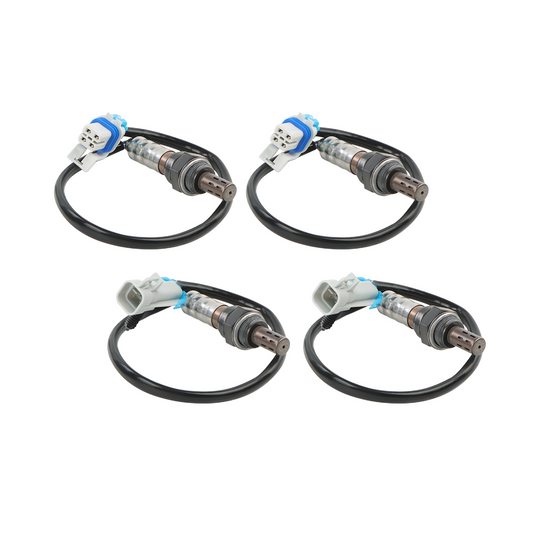

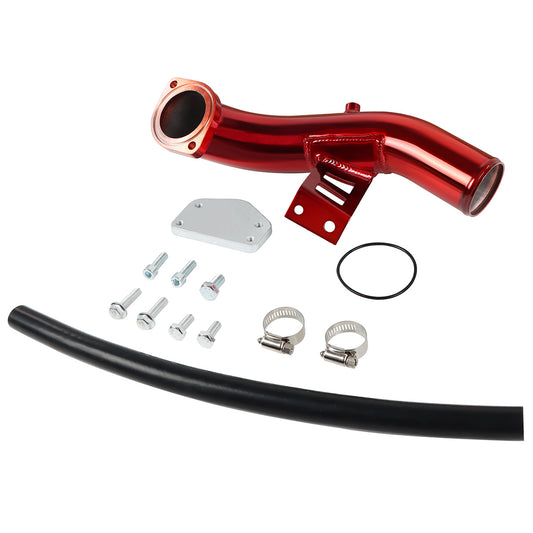


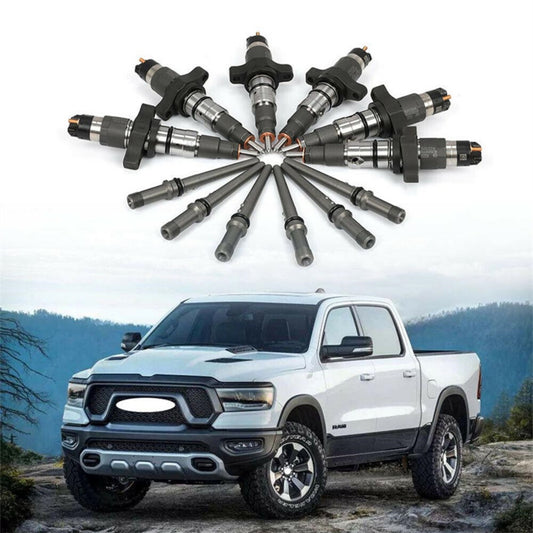
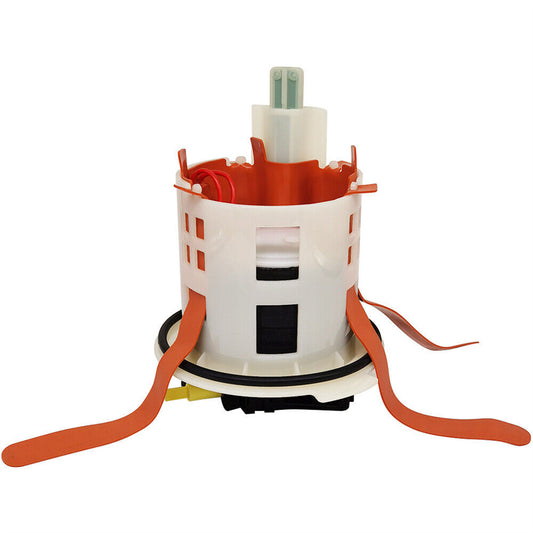

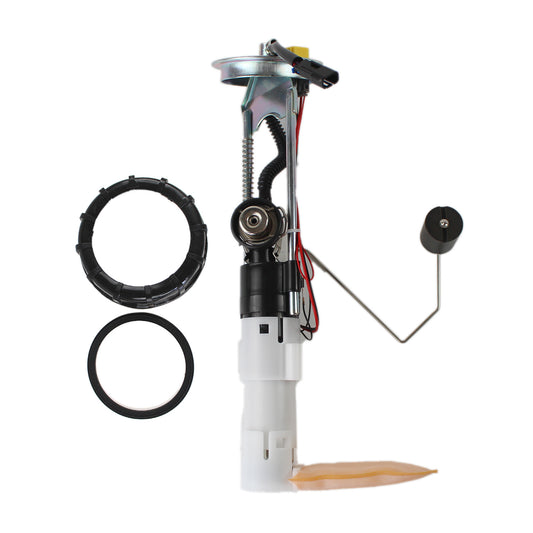
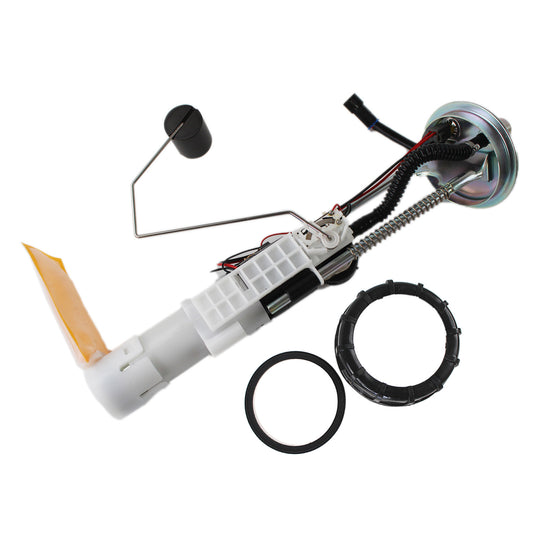
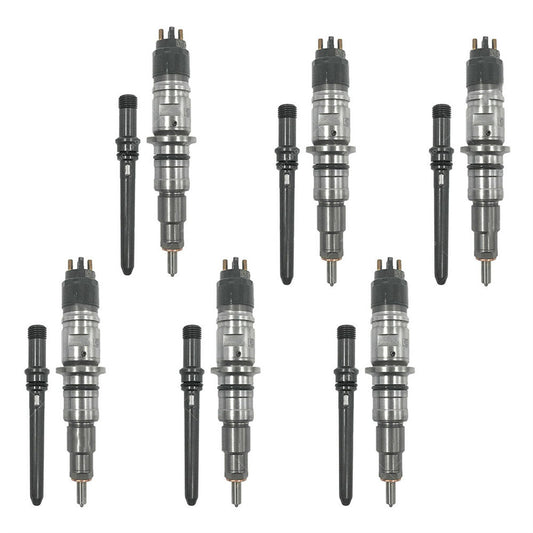
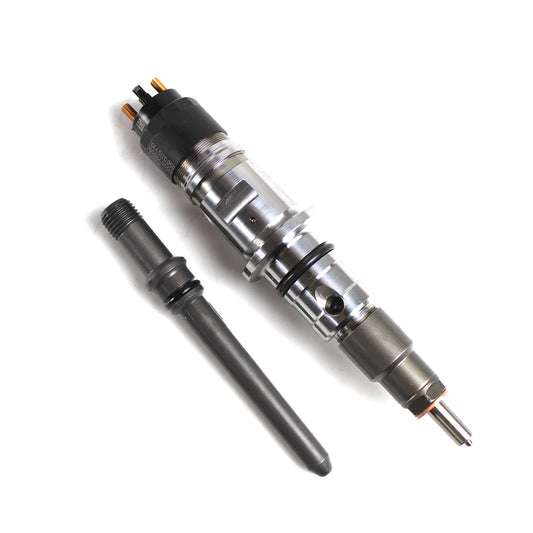
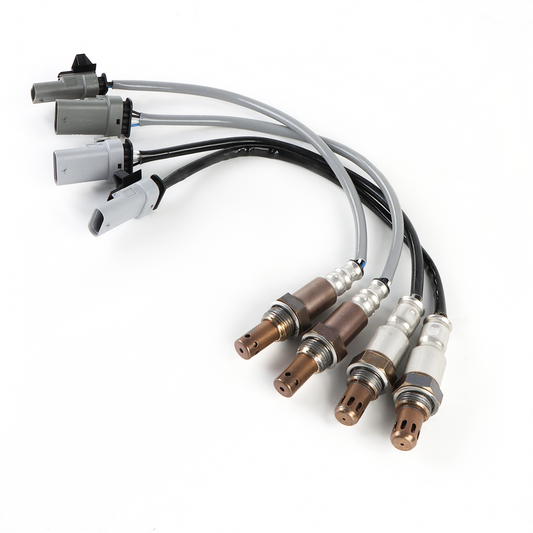
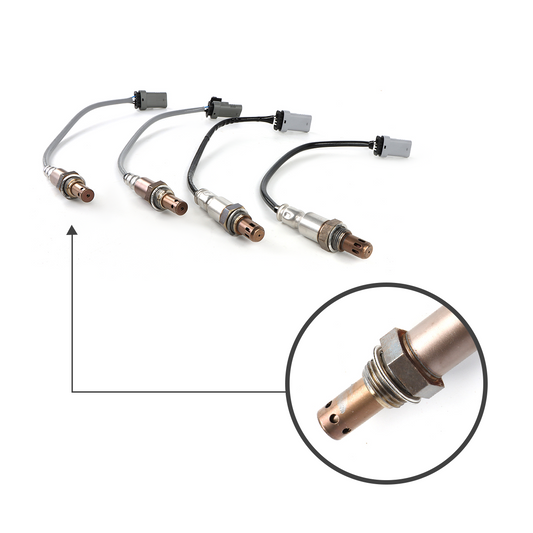
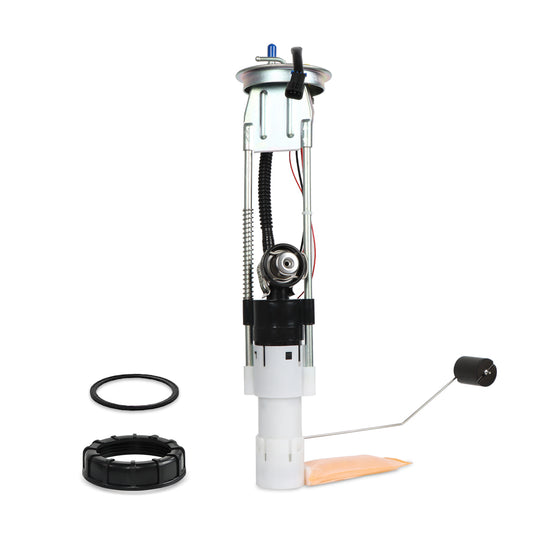
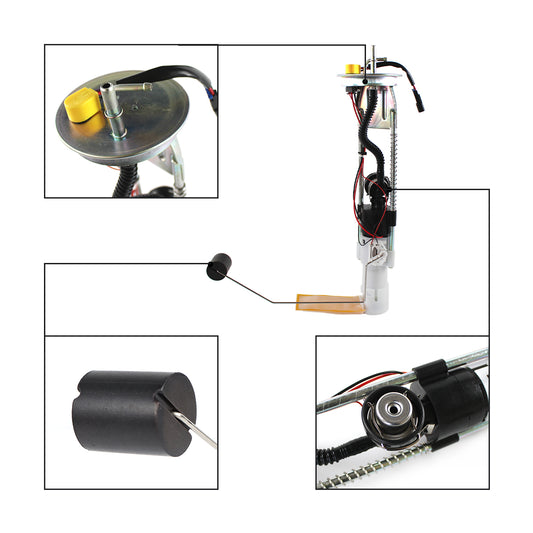
2 Comments
Has anyone run into trouble with the law after tinkering with their emissions gear? Worried about getting in hot water with inspections if I make any changes.
E, I’ve been debating this for a while. Does anyone know if there are specific modifications that can enhance performance without affecting the EGR and DPF balance?